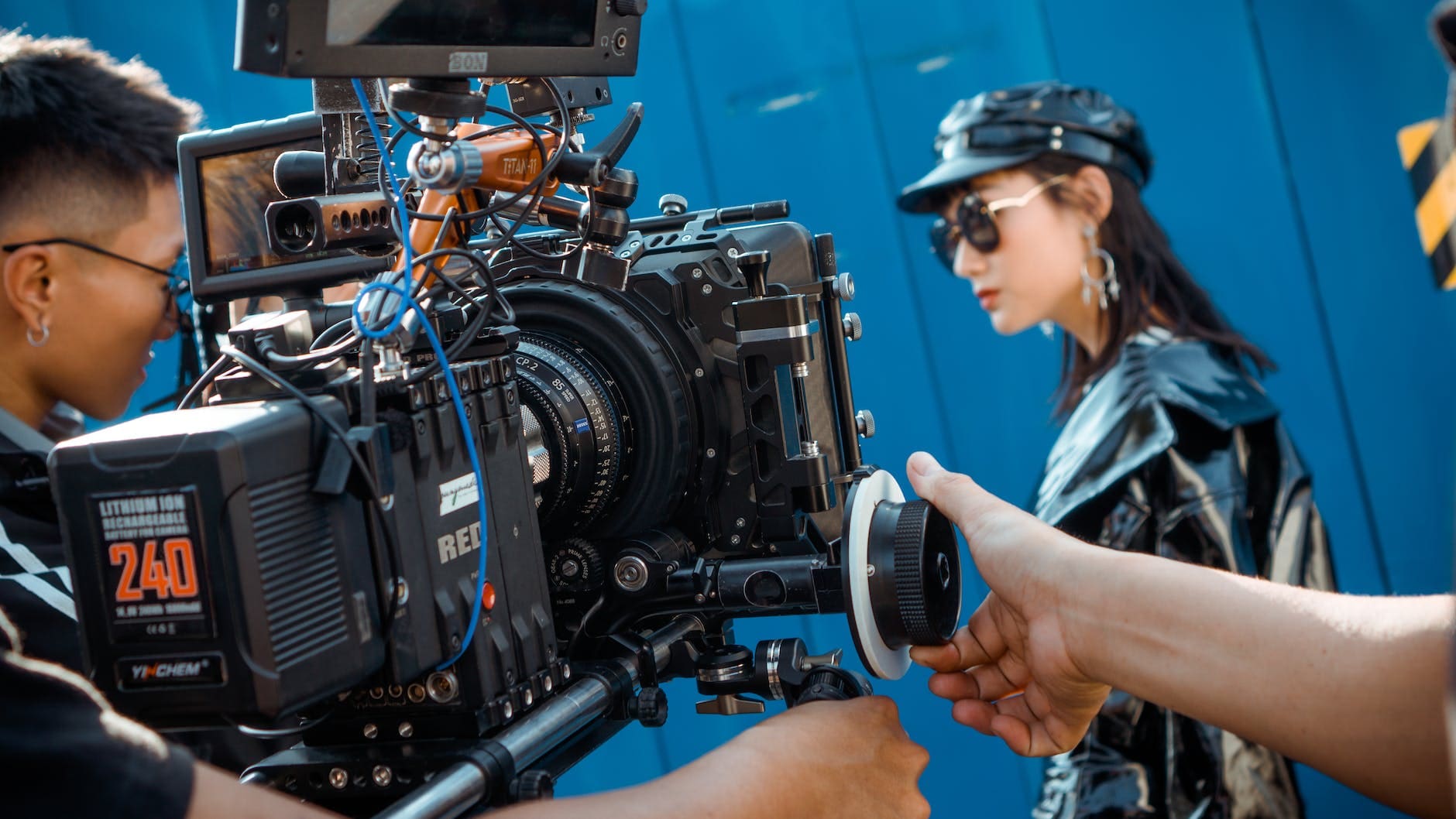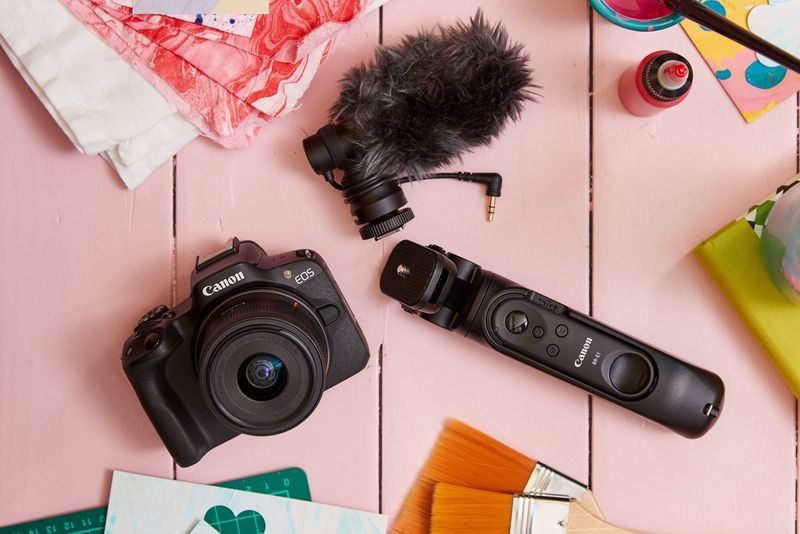In an age where visual content dominates digital communication (Video Coverage and Movie Making), the art of video coverage and movie-making has become more crucial than ever. Whether for marketing, entertainment, or informational purposes, creating high-quality videos can significantly impact how your message is received. This article explores the essentials of video coverage and movie-making, offering insights into the processes, techniques, and tools involved.

Video coverage involves capturing live events or activities on video to document, broadcast, or share with an audience. This can include everything from news events and corporate functions to personal celebrations and educational content. Effective video coverage requires careful planning and execution to ensure that all key aspects of the event are captured and presented engagingly.
Pre-Production Planning: Before the event, plan the shots you need, identify key moments, and determine the equipment and personnel required. This includes creating a shot list, scheduling interviews, and arranging for any necessary permits.
Equipment: High-quality cameras, microphones, and lighting are essential for capturing clear and professional footage. Depending on the event, you might need different types of cameras (e.g., handheld, drones) and audio equipment (e.g., lapel mics, boom mics).
Shooting Techniques: Employ various shooting techniques to capture the event from different angles and perspectives. Techniques include wide shots for context, close-ups for details, and dynamic movements to add interest.
Live Streaming: For events that require real-time broadcasting, setting up live streaming equipment and platforms is crucial. Ensure a stable internet connection and test the streaming setup beforehand to avoid technical issues.
Post-Production: After capturing the footage, the next step is editing. This involves selecting the best clips, adding transitions, overlaying text, and incorporating music or voiceovers to create a polished final product.
Movie-making is a complex process that involves crafting a narrative through visual storytelling. From scripting to post-production, each stage of movie-making requires creativity, technical skill, and attention to detail. Here’s a breakdown of the key steps involved in making a movie:
Concept and Script: Start with a strong concept or story idea. Develop a script that outlines the dialogue, scenes, and action. A well-crafted script is the foundation of a successful movie.
Storyboarding: Create a storyboard to visualize each scene and plan the sequence of shots. This helps in organizing the filming process and ensuring that all necessary elements are captured.
Casting and Crew: Select actors who fit the roles and hire a crew that includes roles such as director, cinematographer, production designer, and sound engineer. Assemble a team that shares your vision and can execute it effectively.
Location Scouting: Choose locations that fit the setting of your story. Conduct site visits to assess lighting, sound, and logistical requirements.
Budget and Schedule: Develop a budget and production schedule to manage resources and time effectively. Allocate funds for equipment, locations, talent, and other production costs.
Directing: The director is responsible for guiding the actors and crew to bring the script to life. This includes managing performances, camera angles, and the overall tone of the film.
Cinematography: The cinematographer handles camera work, including framing, lighting, and shot composition. The visual style of the movie is crucial in conveying the story and mood.
Sound and Music: Record high-quality audio on set and plan for the inclusion of music and sound effects. Sound design adds depth and enhances the viewing experience.

Editing: Edit the footage to create a cohesive narrative. This involves cutting and arranging clips, adding transitions, and ensuring continuity. Editing software like Adobe Premiere Pro or Final Cut Pro is commonly used.
Visual Effects (VFX): If your movie requires special effects, integrate VFX to enhance or create visual elements that were not captured during filming.
Sound Design and Music: Finalize the audio, including dialogue, sound effects, and background music. Sound mixing and mastering ensure that the audio complements the visuals.
Color Correction: Adjust the color and lighting of the footage to achieve a consistent look and enhance the visual appeal. Color grading can set the mood and tone of the movie.
Final Review and Export: Review the final cut of the movie to ensure that everything is in place. Export the movie in the desired format for distribution or screening.